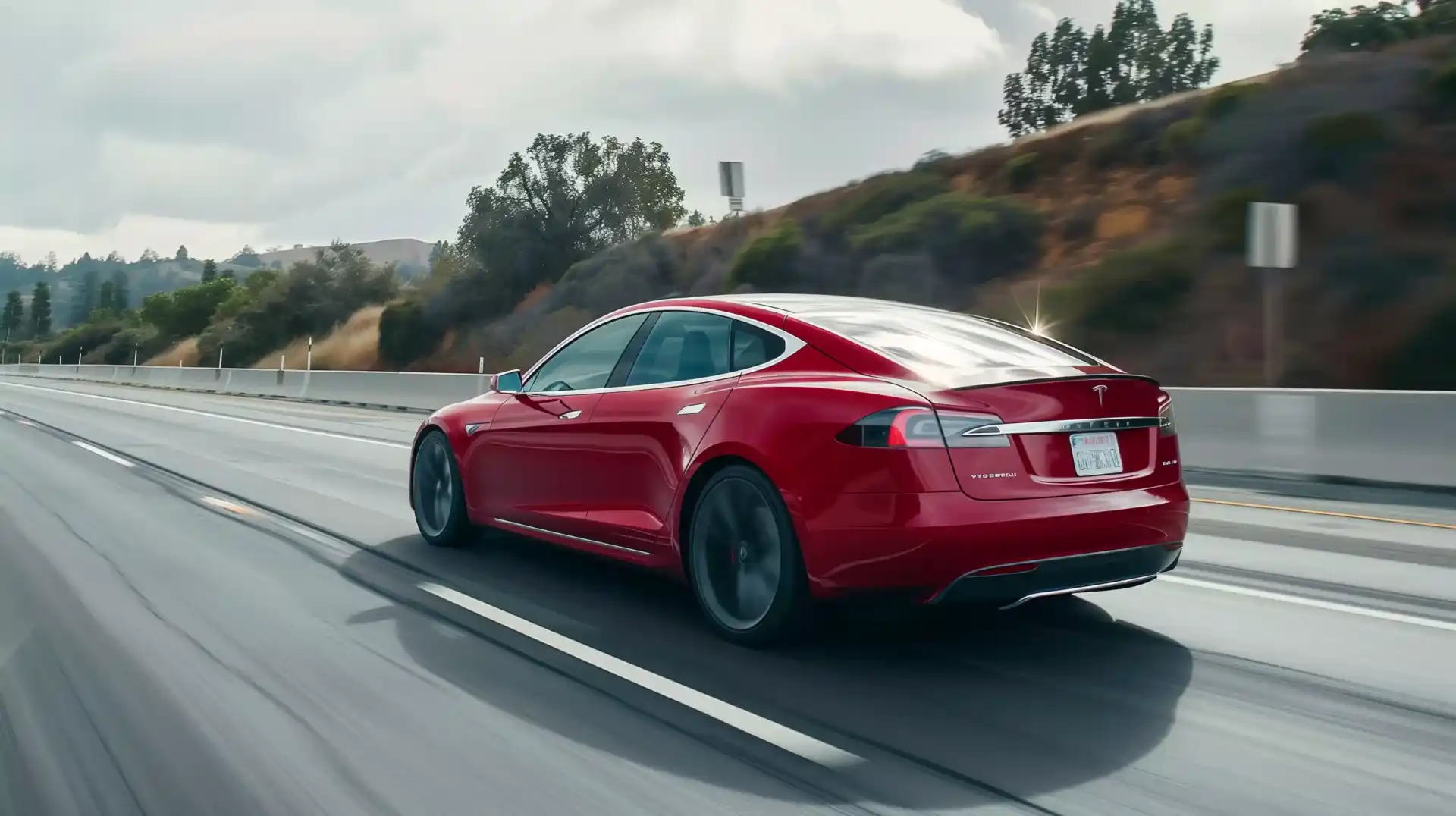Table of Contents
Tesla, the leading electric car maker, has unveiled a new system that could revolutionise the field of autonomous vehicles. The system, dubbed Tesla ChatGPT, is inspired by the latest advances in natural language processing and uses a neural network that learns to drive by imitating human behaviour from billions of video frames.
How Tesla ChatGPT Works
The idea of Tesla ChatGPT was proposed by Dhaval Shroff, an engineer working on Tesla’s autopilot system, to CEO Elon Musk in December 2022. Shroff suggested a system similar to ChatGPT, a popular chatbot that generates natural and engaging responses by processing billions of words from human text.
Instead of relying on predefined rules or hundreds of thousands of lines of code to determine the car’s optimal path, Tesla ChatGPT aims to use a data-driven approach that mimics the way humans learn to drive. The system is trained on millions of examples of human driving behaviour, captured by cameras and sensors installed on Tesla vehicles.
According to Musk, Tesla ChatGPT has improved the performance, smoothness, and reliability of the Full Self-Driving (FSD) vehicles compared to the previous versions. He also believes that this innovation has the potential to not only transform autonomous vehicles but also to represent a leap toward artificial general intelligence capable of operating in real-world scenarios.
The Benefits and Challenges of Tesla ChatGPT

Tesla is not the only company employing an end-to-end approach to self-driving cars. There are also startups like Comma.ai, Wayve.ai, Waabi, and Ghost that use neural networks to train their systems on video, text, and action inputs. These companies claim that their technology is more competent and cost-effective than the current market leaders.
One of the main benefits of the end-to-end approach is that the models can generalise more effectively when facing unfamiliar scenarios. Instead of following explicit instructions such as “stop at a red light” or “verify before changing lanes”, the models can autonomously discern these actions by “imitating” behaviours observed in the training data. Essentially, the models can adapt to the situation based on their experience rather than getting stuck in predefined instructions.
However, there are also significant challenges and risks associated with the end-to-end approach. One of them is the quality and diversity of the training data. Human drivers, even the most skilled ones, often bend traffic rules or make mistakes. For example, more than 95% of people usually roll slowly past stop signs instead of fully stopping.
And since Tesla ChatGPT is intentionally designed to imitate human behaviour, it may also inherit these flaws and biases. The head of the National Highway Safety Board is currently investigating if this behaviour could be deemed acceptable for self-driving cars.
Another challenge is the safety and reliability of the self-driving technology. Despite over $100 billion invested in developing autonomous vehicles, the technology is still in the pilot phase and has not yet proven its readiness for mass deployment. Self-driving cars have made headlines for various high-profile errors that were hard to overlook, such as fatal crashes, ethical dilemmas, and cyberattacks.
Therefore, Sell used Tesla ChatGPT and other end-to-end systems will need to undergo rigorous testing and evaluation before they can be trusted to drive on public roads. They will also need to comply with the legal and ethical standards that govern the transportation industry.
Tesla ChatGPT is a remarkable achievement that showcases the power and potential of neural networks for self-driving cars. However, it is not a silver bullet that can solve all the problems and challenges of autonomous vehicles. It is still a work in progress that requires further research and development to ensure its safety and efficiency.